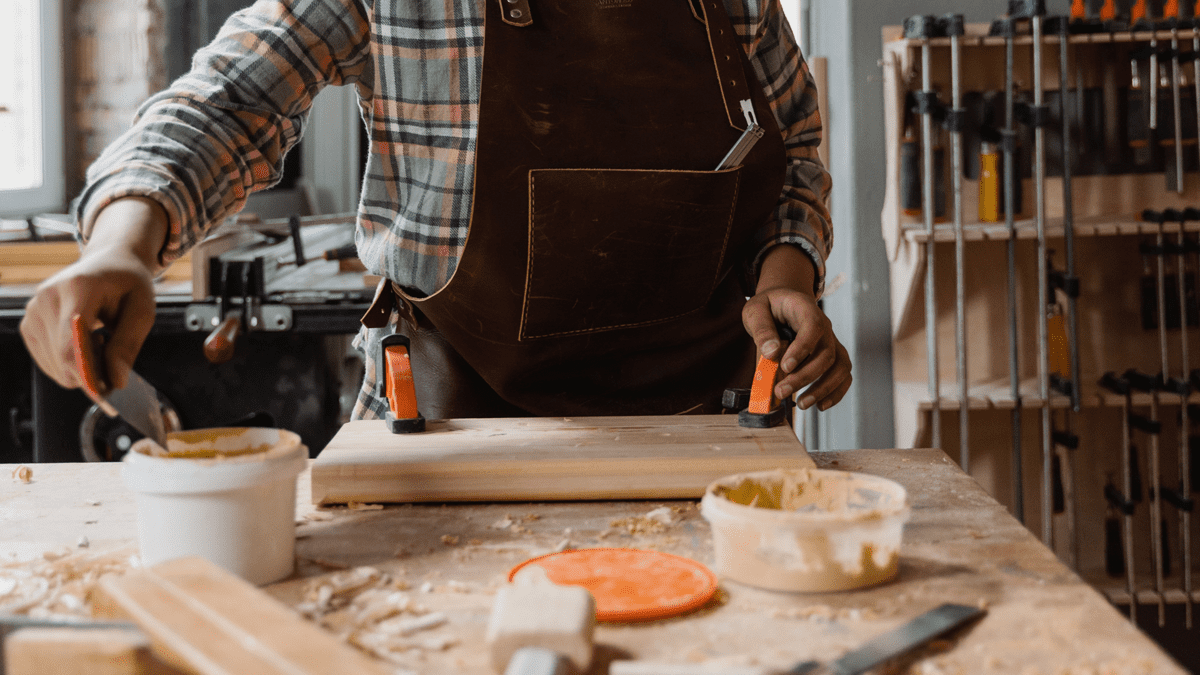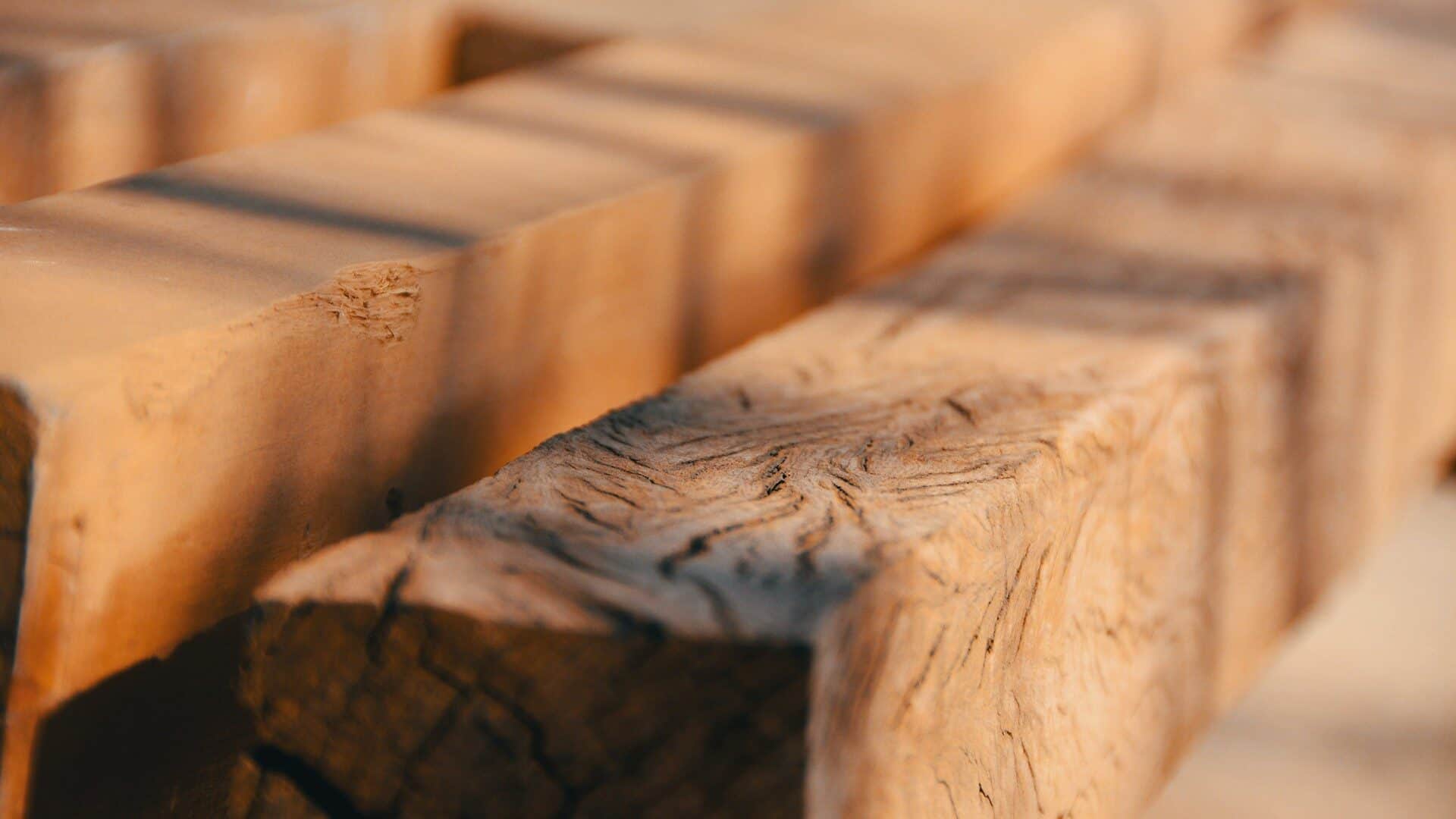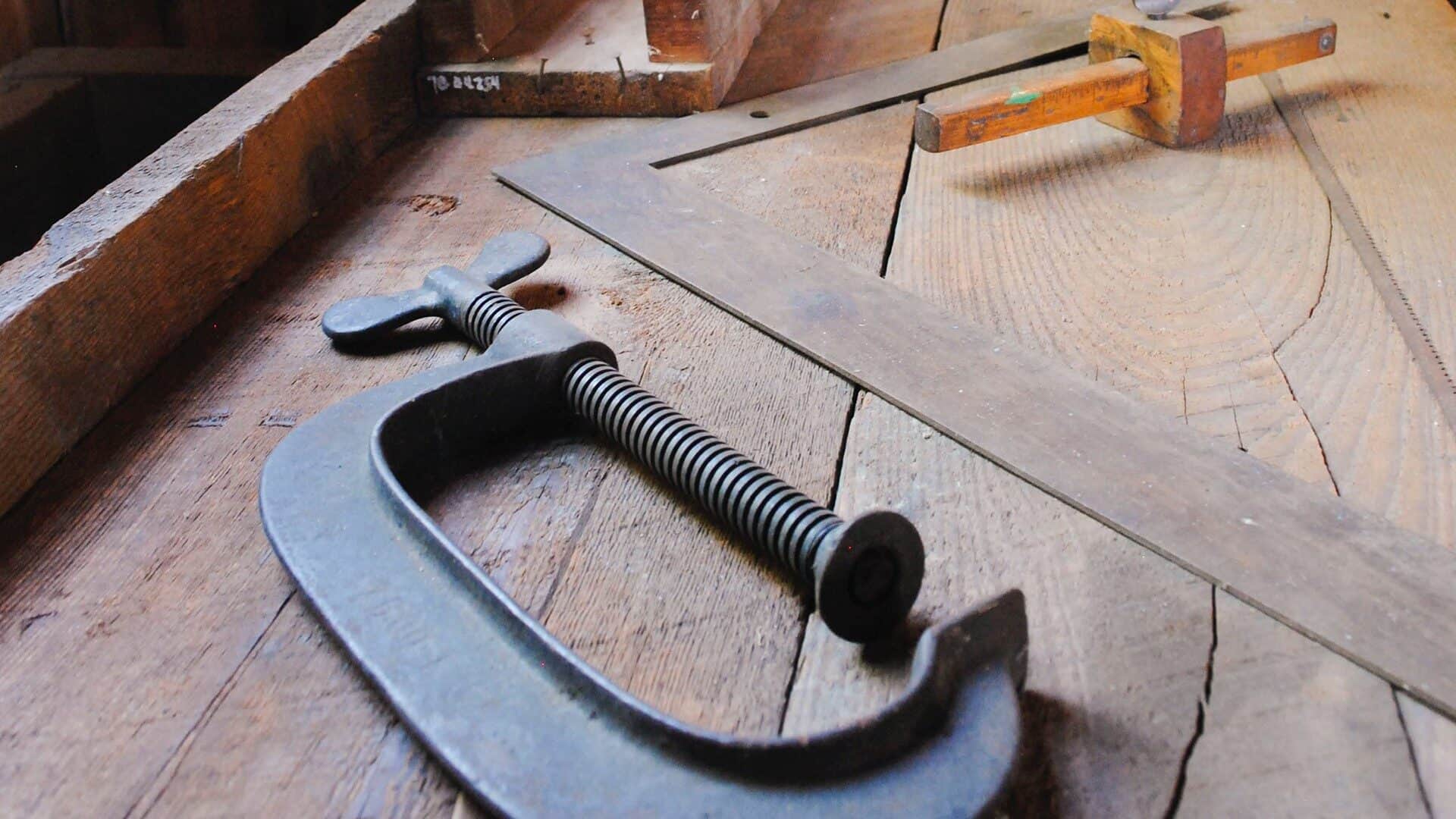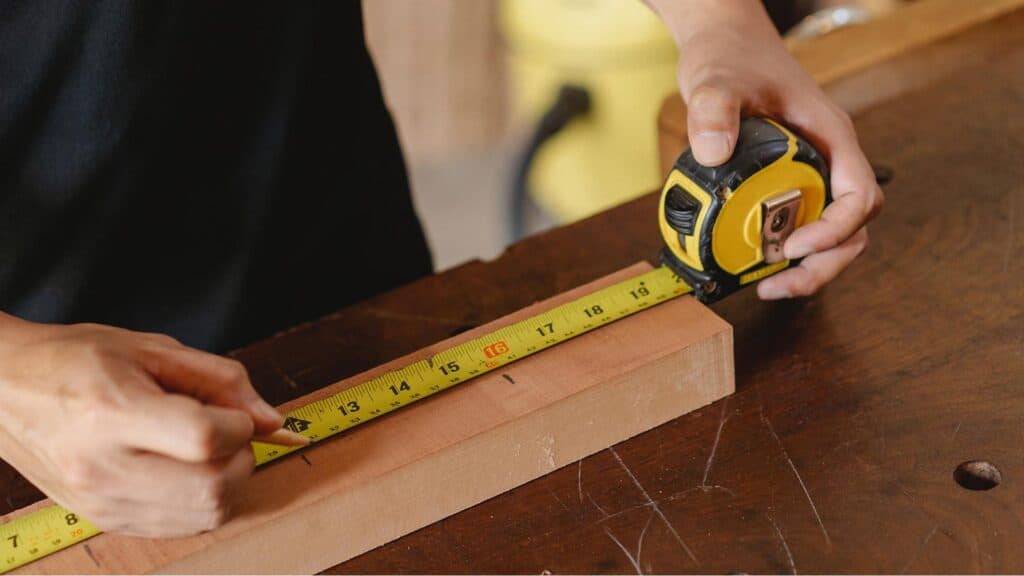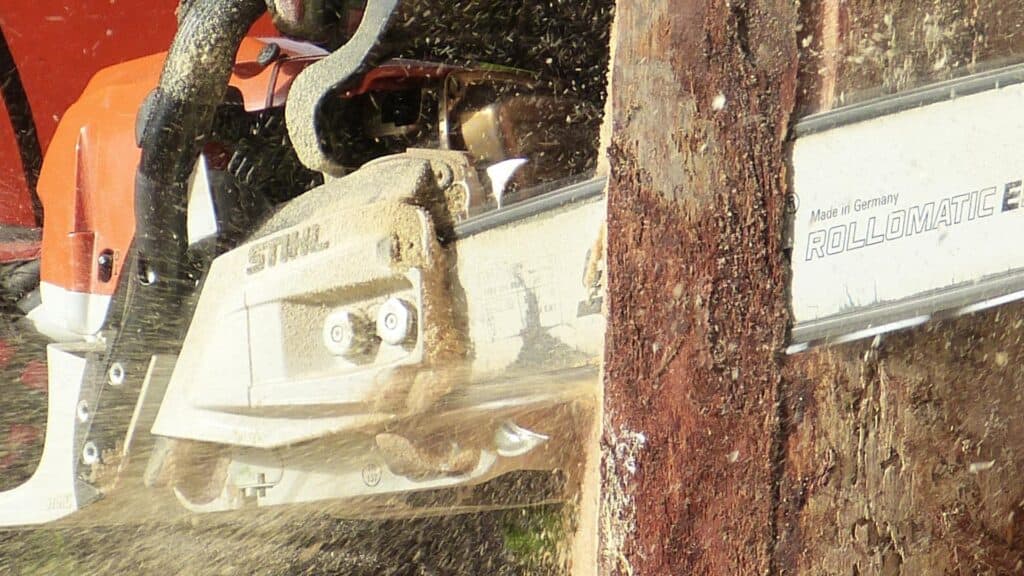You’ll frequently need to utilize wood glue when working with lumber. Wood glue is a form of adhesive that may be used to connect two pieces of wood together. It can be used for a variety of applications, such as furniture repair, carpentry, and cabinet making. In this article, we will discuss how long it takes for the wood glue to dry. We will also cover the things that impact the drying speed for wood glue and the different types of wood glue available on the market. So read on to learn everything you need to know about wood glue and its drying time! Also, check out this article on wood stain drying times.
Table of Contents
How long does wood glue take to dry?
The short answer is that it takes about 24 hours for the wood glue to dry completely. However, it is important to note that this is only true for standard wood glue. There are other types of wood glue available on the market that have different drying times. We will get into the different types of wood glue later on in the article. So continue reading to learn more!
What to do before applying wood glue?
Before applying wood glue, you should always clean the surface of the wood. This will help to ensure that the wood glue adheres properly. You should also roughen up the surface of the wood with sandpaper. This will create a stronger bond between the wood and the adhesive. Once you have cleaned and roughed up the surface of the wood, you are ready to apply the wood glue!
If the wood is too damp, it will impact the drying time for the wood glue. The moisture in the wood will cause the wood glue to take longer to dry. It is best to let the wood sit out and dry for a few hours before applying the adhesive if the wood is damp.
How to know when the wood is fully dry?
There is no definitive answer to this question. However, there are a few things you can do to help determine whether the wood glue has dried completely.
One thing you can do is apply pressure to the glued surface. If the adhesive doesn’t budge, then it is likely that the glue has dried properly. Another way to check is to try and peel the two pieces of gently wood apart. If the wood glue is dry, then the wood should not separate. Be sure not to pull too hard, as you don’t want to damage the wood.
How strong is wood glue?
Wood glue is very strong and durable. Once it has dried, it can be difficult to separate the two pieces of wood. This is why it is important to make sure that you are happy with the positioning of the wood before applying the adhesive.
What type of wood glue should I use?
There are a variety of different types of wood glue available on the market. You should choose the type of wood glue that is best suited for your project.
The most common types of wood glue are PVA glue, polyurethane glue, hide glue, epoxy glue, and CA glue.
PVA (Polyvinyl Acetate) Glue
PVA wood glue is a water-based adhesive that dries clear. It is best suited for projects where a strong bond is not required. Water-based glue is also easy to clean up and is less likely to cause skin irritation. Although, the bond created by PVA wood glue is not as strong as other types of wood glue.
The cost of PVA glue is also relatively low. It is best to use PVA glue on projects where you won’t be putting a lot of stress on the bond like picture frames or smaller woodworking projects.
Polyurethane Glue
Polyurethane glue is a strong and durable adhesive. It is ideal for projects that require a very strong bond. Polyurethane glue is also waterproof, making it best for outdoor projects.
The only disadvantage of this type of glue is that it may be hard to work with. Polyurethane glue works best with wood projects such as furniture and cabinets.
Hide Glue
Liquid hide glue has been used for centuries to attach wood pieces together. It is made from animal collagen and dries clear. Hide glue is best suited for projects where an invisible bond is desired.
The downside to this type of glue is that it has a shorter shelf life than other types of wood glue and can be difficult to work with. Woodworking projects to incorporate hide glue include veneering, inlay work, and marquetry.
Epoxy Glue
Epoxy glue is unique in that it comes in two parts that must be mixed together before use. A chemical reaction between the two parts creates a very strong bond. It is best suited for projects where a very strong bond is required.
Epoxy glue is also waterproof and resistant to chemicals. However, this kind of glue may be tough for novices to handle. The recommended projects in which to use this type of glue are for laminating, repairing cracks, and bonding woods.
CA (Cyanoacrylate) Glue
CA glue is a versatile and long-lasting adhesive. The difference between CA glue and other types of wood glue is that CA glue hardens when it comes into contact with air. This makes it ideal for projects where a quick bond is needed.
The downside to this type of glue is that it can be difficult to work with due to its fast-drying nature. Avoid contact with skin or clothing as CA glue can cause irritation. You should use CA glue in a well-ventilated area as it gives off fumes that can be harmful if inhaled. The best projects to use CA glue on are small ones where a strong bond is needed.
How long do PVA glues take to dry?
PVA glue takes about 24 hours to dry completely. However, it is best to wait 48 hours before using or handling the glued object.
How long does polyurethane glue take to dry?
Polyurethane glue can take anywhere from 24-48 hours to dry completely. This is because the glue needs time to cure or harden.
How long does hide glue take to dry?
Hide glue takes about 24 hours to dry completely. Furthermore, it is best to wait 48 hours before using or handling the glued object.
How long does epoxy glue take to dry?
Epoxy glue takes about 24 hours to dry completely. It is, however, suggested that you wait 48 hours before touching or using the glued wood.
How long does CA glue take to dry?
CA glue can take anywhere from a few seconds to a few minutes to dry completely. The speed at which it dries depends on the level of humidity in the air. When using CA glue, be sure to work quickly as it dries very fast. It is the fastest of all the wood glues on this list.
How to Apply Wood Glue?
Now that you know all there is to know about wood glue, it’s time to learn how to apply it! Applying wood glue is not as difficult as one might think. Here are a few simple steps on how to do so:
- Start by sanding down the wood. This will help create a smooth surface for the glue to adhere to.
- Next, apply a thin layer of glue to one of the pieces of wood. Be sure to spread it evenly.
- Place the two pieces of wood together and clamp them in place.
- Leave the wood clamped together for at least 24 hours to allow the glue to dry completely.
- After 24 hours, unclamp the wood and sand down any rough edges.
Are clamps necessary for wood glue?
We recommend using clamps when applying wood glue, as it will help hold the two pieces of wood together while the glue dries. This is especially important for larger projects.
What is the glue drying process like?
The drying process for wood glue is relatively simple. Once the glue has been applied, the two pieces of wood should be clamped together. After 24 hours, the wood can then be unclamped and any rough edges can be sanded down.
Factors that Influence Wood Glue Drying Time
There are a few factors that can influence the drying time of wood glue. These include:
The Type of Glue Used
As mentioned before, there are different types of wood glue. Each type has a different drying time.
The Amount of Glue Used
If you use too much glue, it will take longer to dry. On the other hand, if you use too little glue, the bond will not be as strong.
The Temperature and Humidity of the Area
If it is too cold or too humid, the glue will take longer to dry. The ideal temperature for wood glue to dry is between 70-80 degrees Fahrenheit.
Indoor vs. Outdoor Use
When using wood glue, it is important to consider if the project will be used indoors or outdoors. If the project will be exposed to moisture or humidity, it is best to use waterproof glue. Outdoor projects also tend to be larger, so using a strong glue like epoxy is necessary.
How to make wood glue dry faster?
There are a few ways to make wood glue dry faster. One way is to use a hairdryer or heat gun on low heat. Another way is to increase the humidity in the area by using a humidifier. Finally, you can turn up the temperature in the room by using a space heater.
What should I do if wood glue doesn’t dry?
There are a few things you can do if your wood glue doesn’t seem to be drying. First, make sure that you have followed the instructions on the glue bottle. If it still isn’t drying, try applying a thin layer of superglue over the wood glues. This will help speed up the drying process. Finally, if all else fails, you can always sand down the wood and start over.
What are the best wood glue brands?
There are a few wood glue brands that are considered to be the best. These include Titebond, Gorilla Glue, and Loctite. They all have their advantages and disadvantages, so it is best to read reviews before choosing one.
Titebond wood glue is known for its strength and versatility. It can be used for both indoor and outdoor projects. Gorilla Glue is a strong glue that dries quickly. Loctite is a waterproof glue that is perfect for use in humid or wet conditions.
FAQ’s
Q: Can I use wood glue on plastic?
A: No, you should not use wood glues on plastic.
Q: Can I use wood glues on metal?
A: No, you should not use wood glues on metal.
Q: What is the best type of wood glue to use?
A: The best type of wood glue to use depends on the project you are working on. For general woodworking projects, PVA glue is a good option. For projects that require a strong bond, epoxy glue is a better choice.
Q: How long does it take for wood glue to dry?
A: It takes about 24 hours for wood glues to dry completely. However, it is best to wait 48 hours before using or handling the glued object.
Q: What to do if wood glue overflows?
A: If wood glue overflows, quickly wipe it up with a damp cloth. If it has already dried, sand it down and start again. Excess glue can also be removed with acetone.
Q: How long does it take for wood glue to set?
A: Wood glue sets in about 24 hours. However, it is best to wait 48 hours before using or handling the glued object.
Q: What are cyanoacrylate wood glues?
A: Cyanoacrylate wood glues are also known as superglues. They are very strong and dry quickly. However, they can be difficult to work with and are not recommended for beginners.
Q: What temperature range is best for wood glue to dry?
A: The ideal temperature range for wood glue to dry is between 70-80 degrees Fahrenheit.
Q: Are aliphatic resin wood glues waterproof?
A: No, aliphatic resin wood glues are not waterproof. However, they are water resistant and can be used for indoor and outdoor projects.
Q: Can polyurethane wood glue be used for outdoor projects?
A: Yes, polyurethane wood glue can be used for both indoor and outdoor projects. However, it is not as water resistant as other types of glue.
Q: What is the best wood glue for furniture?
A: The best wood glue for furniture is epoxy glue. It is very strong and dries quickly. However, it is more difficult to work with than other types of glue.
Q: Can I use wood glue on MDF?
A: Yes, you can use wood glue on MDF. However, it is not as strong as other types of glue.
Summary
Wood glue is a type of adhesive used to join two pieces of wood together. It is important to know how long it takes for wood glue to dry, as this will impact the strength of the bond. The drying time for wood glue ranges from a few seconds to a few minutes. Factors that influence the drying time include the type of glue used, the amount of glue used, and the temperature and humidity of the area. If wood glue does not seem to be drying, try applying a thin layer of superglue over the wood glue. Finally, if all else fails, you can always sand down the wood and start over. Now that you know everything there is to know about wood glue, go forth and glue! Just be sure to give it enough time to dry properly.

